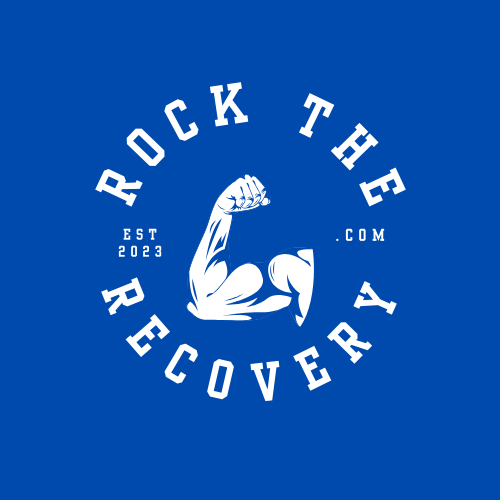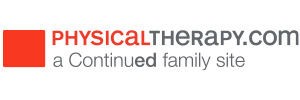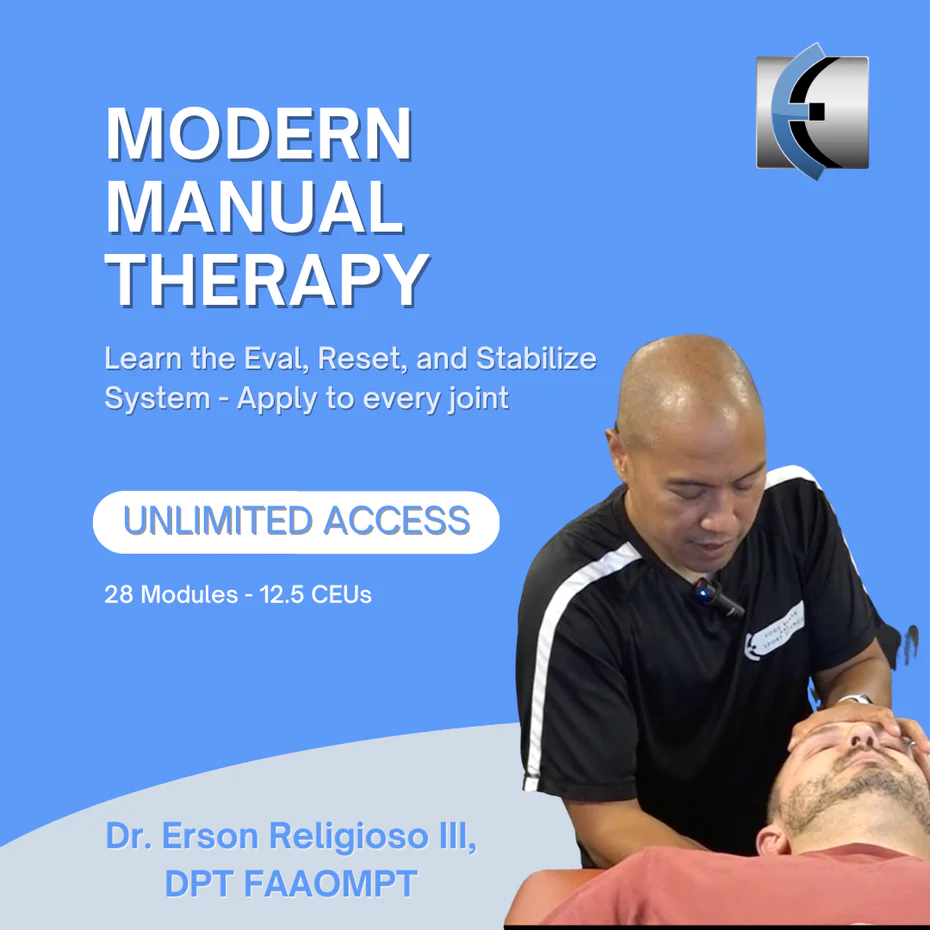As Physical Therapists working in Skilled Nursing Facilities (SNFs), we often find ourselves navigating a system that systematically funnels us into treatment programs that are overly simplified and generalized. This compromises the quality and individualization of care that our patients deserve. This article explains why this is not entirely our fault, however SNF Therapy has become cookie cutter. Here are four key factors contributing to this phenomenon and potential solutions to address them:
Four Factors Causing Overly Generalized Treatments:
1. Multiple Clinicians Make for Messy Transitions with Patients
In larger SNF facilities, patient day to day treatments will involve multiple therapists with varying backgrounds. With large caseloads mostly filled with 5-6x/week frequencies, it is common for you not to see many of your own patients on any given day. With teams ranging up to 20-30 Therapists in a facility, as well as per diem staff coming and going, simplification of treatments tends to improve ease and consistency. Standard/generalized treatments reduces confusion and allows for quicker chart reviews. This also minimizes patients having highly varied treatments leaving them confused as to why a similar plan of care wasn’t followed. This approach may simplify things but limits the ability to tailor treatments to individual patient needs.
Solution: Having strong managerial organization and stability can help. Setting up a culture that promotes quality, individualized care.
- Clustering groups of patients’ assignments into a small team of 2-3 Therapists allows for improved communication. Managers may also, provide a thoughtful schedule to employees with consistent patients.
- When seeing someone for the first time, it is very typical for PTs to hold back in treatments. However, a Therapist will get comfortable with the person through regular treatment. Then there will be a natural comfort with progression, and more complex treatment.
- Preventing employee turnover prevents heavy need for use of per diem staff.
- Often when returning from continuing education a Therapist will return invigorated with new treatment ideas they want to implement. Provide yourself an opportunity to grow as a Therapist and share that with your team.
- Be the role model in the facility that doesn’t conform.
2. Managing High Patient Volumes
In SNF settings, Physical Therapists are required to see a high number of patients each day, including overlapping (concurrent) and group sessions. This workload can make it challenging to provide in-depth, individualized treatments for each patient. As a result, therapists may resort to simplified routines to manage time constraints effectively.
Solution: Advocate for staffing adjustments to maintain manageable caseloads and provide adequate attention to each patient. Incorporate efficient documentation practices to streamline administrative tasks and maximize time spent on direct patient care.
- Concurrent treatments are likely not going away anytime soon. Have a plan ahead of time and utilize the overlapped time as a warm-up for the more complex treatment to come after.
- Group sessions are in their nature not individualized care and should be avoided at all costs. They are extremely difficult to make happen with this population, and if you are able to somehow corral 4 patients at one time, they are often a wasted day of treatment. Mostly focused on education or split attention by the Therapist, group sessions are low in therapeutic value. If your patient needs comradery then it can happen at the dining table.
- Build a relationship with your scheduler in which you feel comfortable asking for more time with more complex patients. With the understanding that you will also communicate those who might not tolerate/need as many minutes.
- Collaborate with your CNA’s and OT’s to have patients ready on time in the morning hours.
- Seek out jobs that do not have unrealistic productivity expectations. This might be easier said than done, but if we don’t work for these companies, maybe they will disappear?
3. Medically Complex Patients
When working with elderly patients fresh from the hospital, they are often in a very weakened state. Because of their slower pace and limited mobility this may necessitate simpler treatment routines to ensure safety and gradual progress.
Solution: There is a major difference between simplified and generalized. There may be patients that would just benefit from kicks, marches, ball squeezes and band abduction. However, every person comes to the SNF setting with individual needs.
- Provide a thorough evaluation that can tease out specific deficits. Communicate these deficits in a standardized way so that every Therapist knows going into the session what needs more attention during treatments.
- This does not necessarily mean orthopedic deficits only. This could include all aspects of treatment including integument, cardiopulmonary and of course neurologic.
- Make sure you are focusing your treatments on the patient’s Physical Therapy goals. If you are getting someone washed and dressed in the morning or take them to the toilet (with limited PT skills needed), this could have been done by a CNA. That way you could have had more time to focus on more PT related treatment. Can those examples be PT related absolutely, but if a CNA can do it, then allow them to get that activity with them.
4. Documentation Constraints
Electronic Medical Records (EMRs) in SNFs are not living up to the substantial amount of documentation expectations. They are formulated to click certain expected boxes and do not promote specialized evaluations and documentation to specific patient’s deficits and treatment needs. Due to heavier caseloads generalized templates are copied and pasted into daily notes and evaluations.
Solution: Advocate for EMR customization to accommodate the diverse needs of SNF patients, including space for specialized tests and assessments. Provide training on utilizing EMR functionalities effectively to capture detailed patient information while maintaining efficiency. Emphasize the importance of thorough documentation to support evidence-based decision-making and optimize patient outcomes.
- Facilities need to eliminate redundant documentation to decrease amount of double work. Look at your workload and see where inefficiencies can be solved. Provide your DOR with a proposal.
- With more individualized treatments will come more individualized documentation. This can be more time consuming. However, the quality of your treatment and notes will vastly be improved.
- Do not hesitate to utilize portions of EMR that are not necessary to fill in. Make goals from these sections, including options like special tests.
- Have a companywide system to communicate the specific deficits that need attention clearly stated without significant documentation digging. Information like Diagnosis, deficits, precautions, should be clear and easy to find, for instance on the printed schedule.
Wrap up:
In conclusion, while simplified treatment programs in SNFs allow to ease our stress, through generalized, simplicity, they should not compromise the quality or individualization of patient care. By addressing systemic challenges and implementing targeted solutions, physical therapists can navigate the complexities of SNF environments while delivering optimal rehabilitation services to their patients.
Author: Rob Kleinberg PT, DPT and founder of Rocktherecovery.com has worked in Skilled nursing for 10 years of his 15-year career as a Physical Therapist. Rob is passionate about improving Therapist stressors and workload to allow improved patient care.




